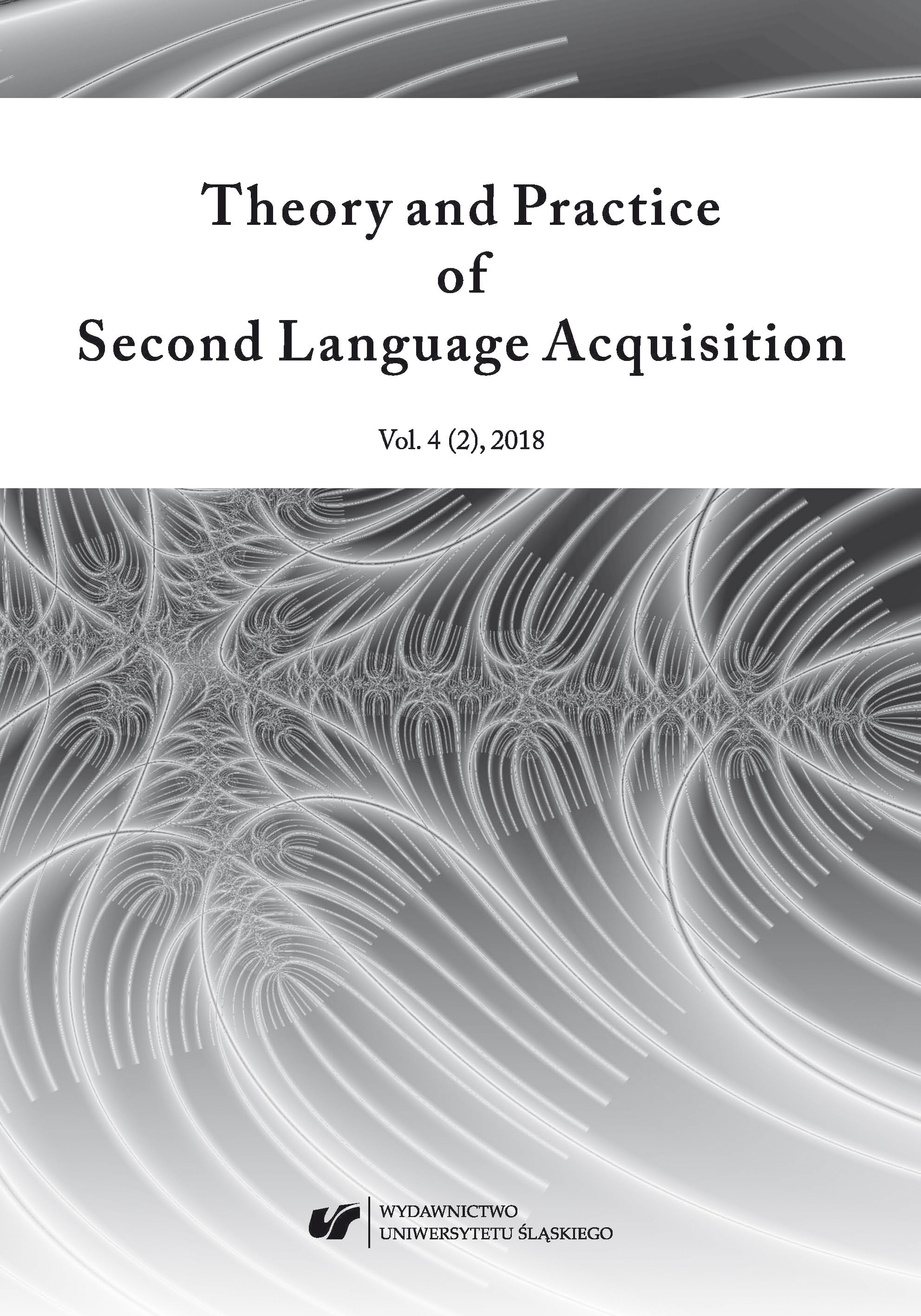Gure Ikastola en Tres Languages: The Teaching and Learning of Trilingual Oral Expository Skills by Means of a Didactic Sequence
Gure Ikastola en Tres Languages: The Teaching and Learning of Trilingual Oral Expository Skills by Means of a Didactic Sequence
Author(s): Ana AldekoaSubject(s): Language and Literature Studies, Education, Foreign languages learning, Theoretical Linguistics, Applied Linguistics
Published by: Wydawnictwo Uniwersytetu Śląskiego
Keywords: Basque; English; Spanish; trilingual oral expository skills; trilingual didactic sequence; language alternation and integration; interlinguistic transfer; multilingual competence
Summary/Abstract: The aim of this paper is to analyze the development of trilingual oral expository skills in sixteen-year-old students of Spanish (L1), Basque (L2), and English (L3) in the framework of a trilingual didactic sequence. Initial and final oral expository texts produced at the beginning and at the end of a didactic sequence by trilingual students constitute the empirical data of this study. We followed text genre-based criteria in order to analyze students’ trilingual productions (Dolz & Schneuwly, 2016). Results show that students improved their oral expository texts to different extents: among the aspects that showed a greater improvement, we can name: explicit mention of core elements at the introductory section in Basque, more consistent use of topic introducers regardless of the language and more regular use in English of resources to clarify those concepts whose meaning could be difficult to grasp for foreign students. Among those aspects where improvement is notably poor, we could mention that students hardly ever addressed the audience in English and thus failed to catch their interest; also, the production of target-deviant past tense verb forms in English remains quite problematic. We conclude that well-defined language alternation and integration, which in our case occur both in students’ productions and in the classroom activities, lead, overall, to the development of the three languages. We will further argue that this kind of language alternation and integration fosters interlinguistic transfer, resulting in the development of students’ multilingual competence (Cummins, 2008).
Journal: Theory and Practice of Second Language Acquisition
- Issue Year: 2/2018
- Issue No: 4
- Page Range: 73-92
- Page Count: 20
- Language: English
- Content File-PDF

